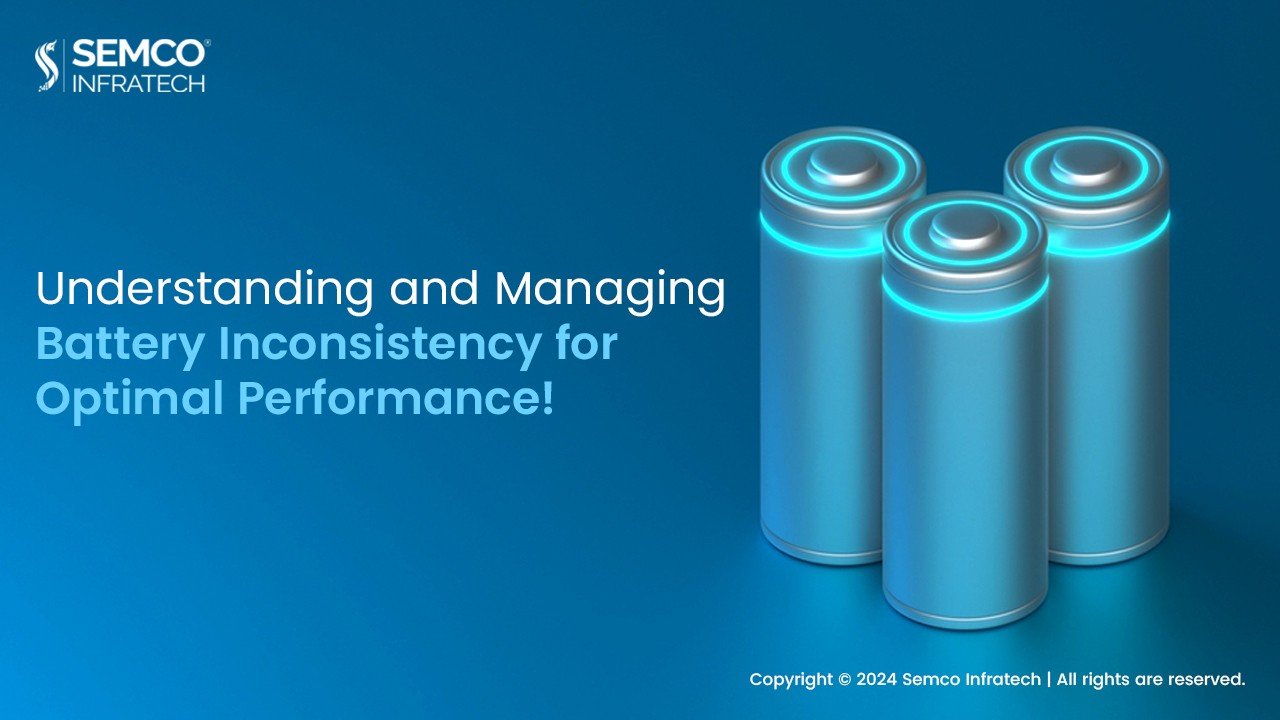Lithium batteries are the lifeblood of the modern world, powering an array of devices from smartphones to electric vehicles. Understanding and evaluating their performance is crucial.
In this article, we will delve into the various methods employed to assess and test lithium battery performance, covering essential aspects of capacity, cycle life, self-discharge, temperature characteristics, safety, and charging performance.
1. Battery Capacity Test
The battery capacity is a fundamental indicator of its performance. It measures the amount of charge it can store and subsequently deliver. Battery capacity evaluation is typically conducted through various testing methods:

Charging and Discharging Cycle Test: Involves repeated cycles of charging and discharging the battery to assess its capacity over time.
Constant Current Discharge Test: The battery is discharged at a constant current to determine its capacity.
Constant Power Discharge Test: Similar to the constant current discharge method, but the battery is discharged at a constant power.
2. Cycle Life Test
The cycle life of a battery refers to the number of charge and discharge cycles it can endure under specific conditions. Cycle life testing is essential to evaluate a battery’s longevity.
3. Self-Discharge Test
Batteries tend to lose charge over time without being used, a phenomenon known as self-discharge. This performance aspect is measured by monitoring the voltage change in the battery after it’s left unused for a certain duration.
4. Temperature Characteristic Test
Temperature is a significant factor influencing battery performance. Batteries often operate in varying temperature conditions. Testing the temperature characteristics of a battery involves charging and discharging at different temperatures to assess its performance under such conditions.
5. Safety Test
Safety is paramount when evaluating battery performance. Rigorous safety tests, including overcharge, over-discharge, and short-circuit tests, help assess a battery’s reliability under adverse conditions. These tests are crucial in preventing accidents and ensuring user safety.
6. Charging Performance Test
Charging performance is a vital aspect of a battery’s operation. It encompasses parameters like charging efficiency and charging rate. To evaluate these aspects, testing methods such as charging efficiency testing and charging rate testing are employed.
Choosing the Right Evaluation Methods
The specific evaluation and testing methods applied depend on the unique needs and circumstances surrounding the battery in question. Different applications may necessitate specific tests to ensure optimal performance and safety.
These testing methods are the cornerstone of ensuring that lithium batteries meet the high standards expected in today’s technologically driven world. Accurate evaluations not only guarantee top-notch performance but also prioritize the safety of users, making lithium batteries a dependable and essential part of our daily lives.






